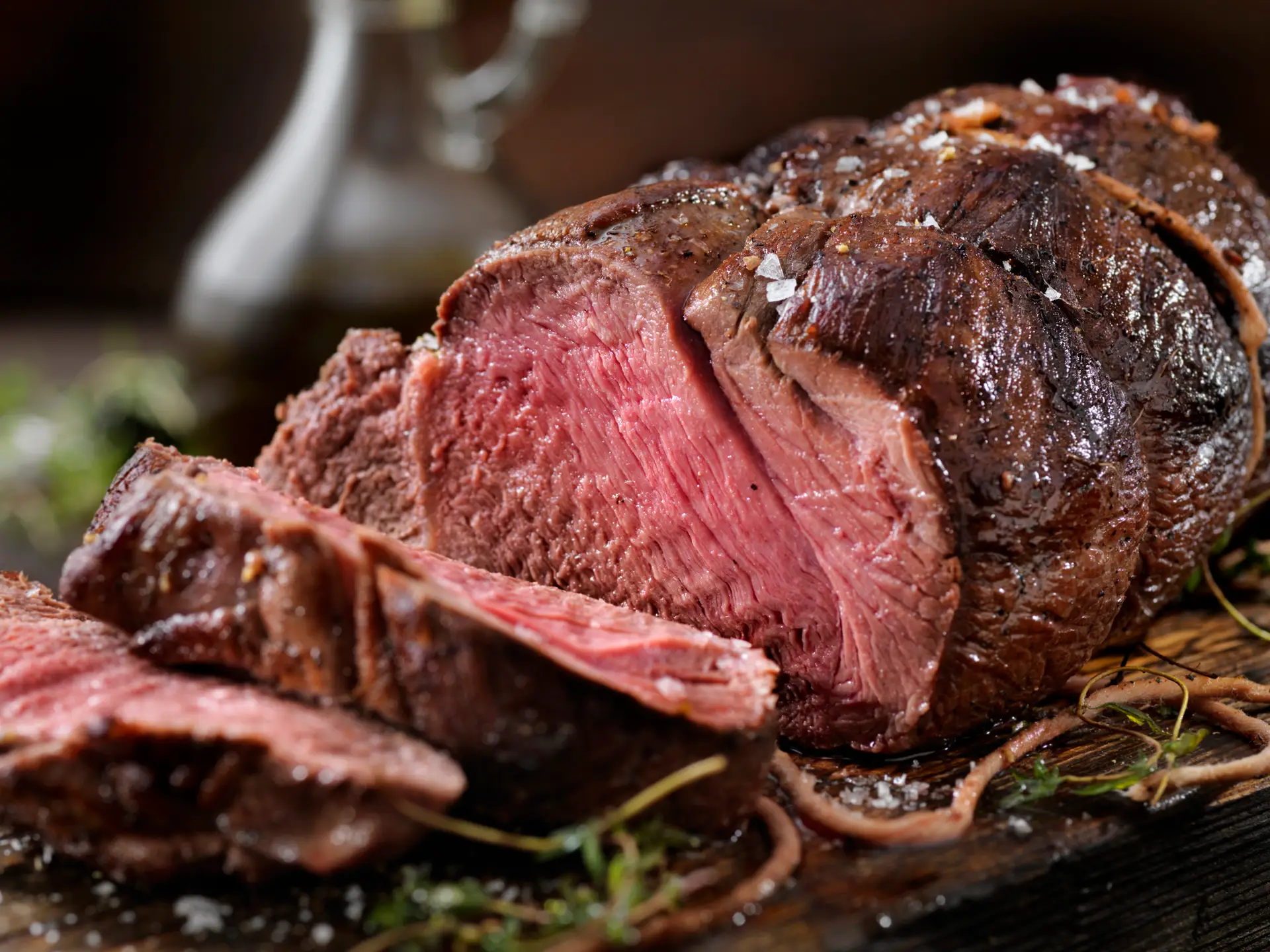Although many of us are tired of hearing about COVID, there’s no denying that the past two years have had a lasting impact on the way that restaurant, food truck, and business owners perceive the concept of “business as usual.” In fact, the pandemic has taught us more than just a few new words: regardless of industry, most entrepreneurs have displayed incredible resilience and creativity in unprecedented times.
And, as restaurant owners continue to contend with supply chain shortages, product availability, and changing consumer demands, we wanted to share a few ways that you can incorporate new technologies, strategies, and resources to ensure that you, and your business, can face unforeseen challenges with greater preparedness than before.
GAS PRICES, SHORTAGES, INFLATION: WHAT DOES IT MEAN FOR YOUR RESTAURANT?
Although restaurants have been forced to adapt quickly to keep up with lockdown restrictions, vaccine passports, and curfews, increased gas prices, worker shortages and even increased demand have resulted supply chain shortages that can disrupt business and impact customer satisfaction.
So, what’s a hard-working entrepreneur to do? Well, our first instinct is to tell you to relax and decompress with a bucket of Broasted® chicken. But business comes first, right? So, here are a few ways that you can help mitigate the effects of supply chain disruptions now and in the future.
- Diversify your supply chain–locally: We’ve all been there—this part can’t get fixed because this other part is back-ordered, and round and round it goes. Although it can be difficult to apply a “shop-local” mentality to all aspects of your business, keeping your suppliers close to home, such as purchasing produce in season or establishing relationships with local greenhouses, can help mitigate the effects of a just-in-time supply chain.
- Consider a hybrid business model: Although the take-out business model didn’t work for all restaurant owners, many entrepreneurs can benefit from adopting a flexible or hybrid way of servicing their guests. For example, creating a designated patio enabled some businesses to stay operational even as the weather got cooler; and offering take-out only helped to retain workers during lockdowns.
Re-evaluating your business’ productivity can help you identify where you might need some help, where you can save costs, and even open more opportunities to provide your employees with better wages, schedules and company culture.
- Invest in new technology. And we’re not talking about kitchen equipment! While we agree that most problems in life can be solved by a delicious brisket and a delightful patio, Forbes advises business owners to invest in technology that can integrate data across not only your business, but also your suppliers too. And even if you can’t predict inflation levels, gas prices, or slowdowns, being able to visualize supplier stock, producer interactions, and current inventory via software or technology can help you make informed decisions about your business.
LET’S TALK BUSINESS!
If all the tech talk has made you eager to implement new technologies or procedures to your food truck or shop. Kendale has got you covered! Call us today to discover our products, maintenance services, and more.




